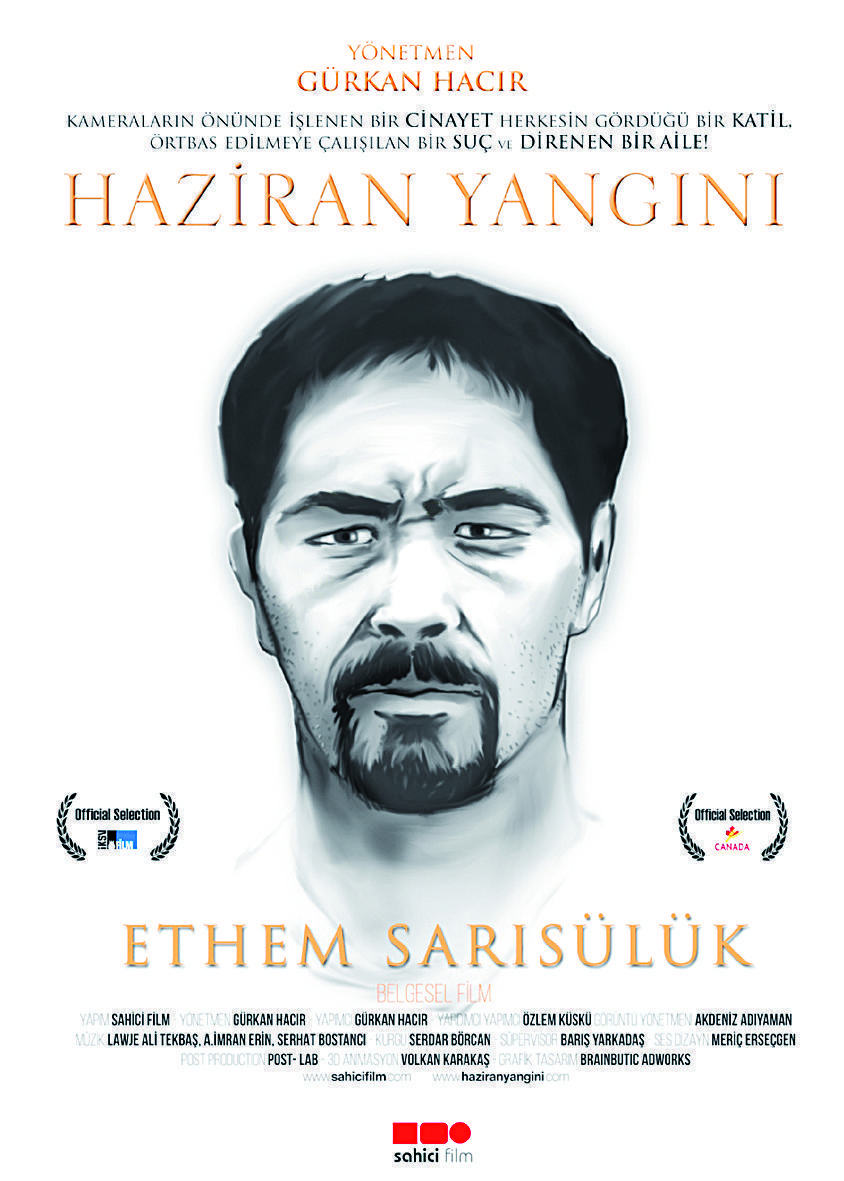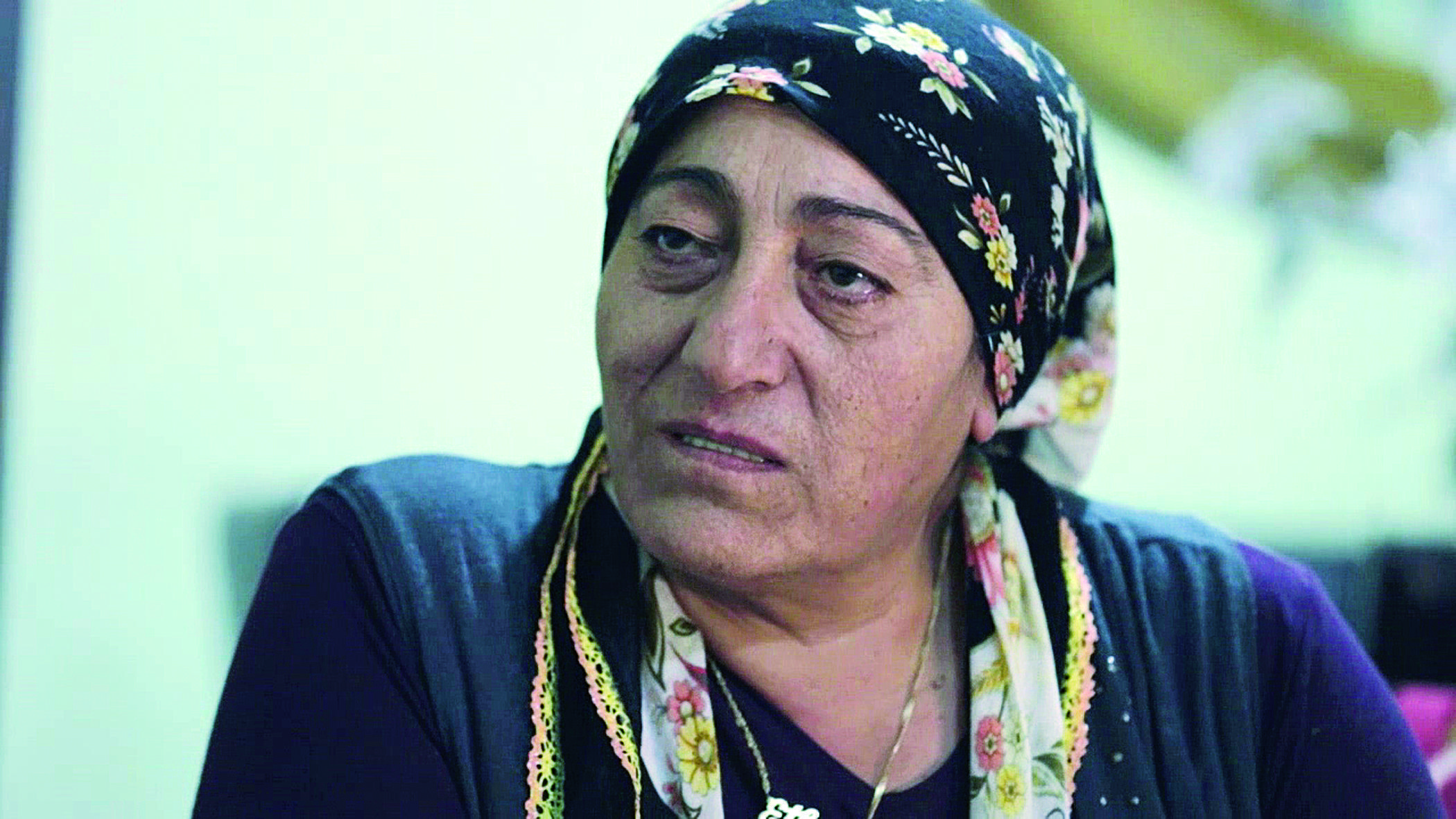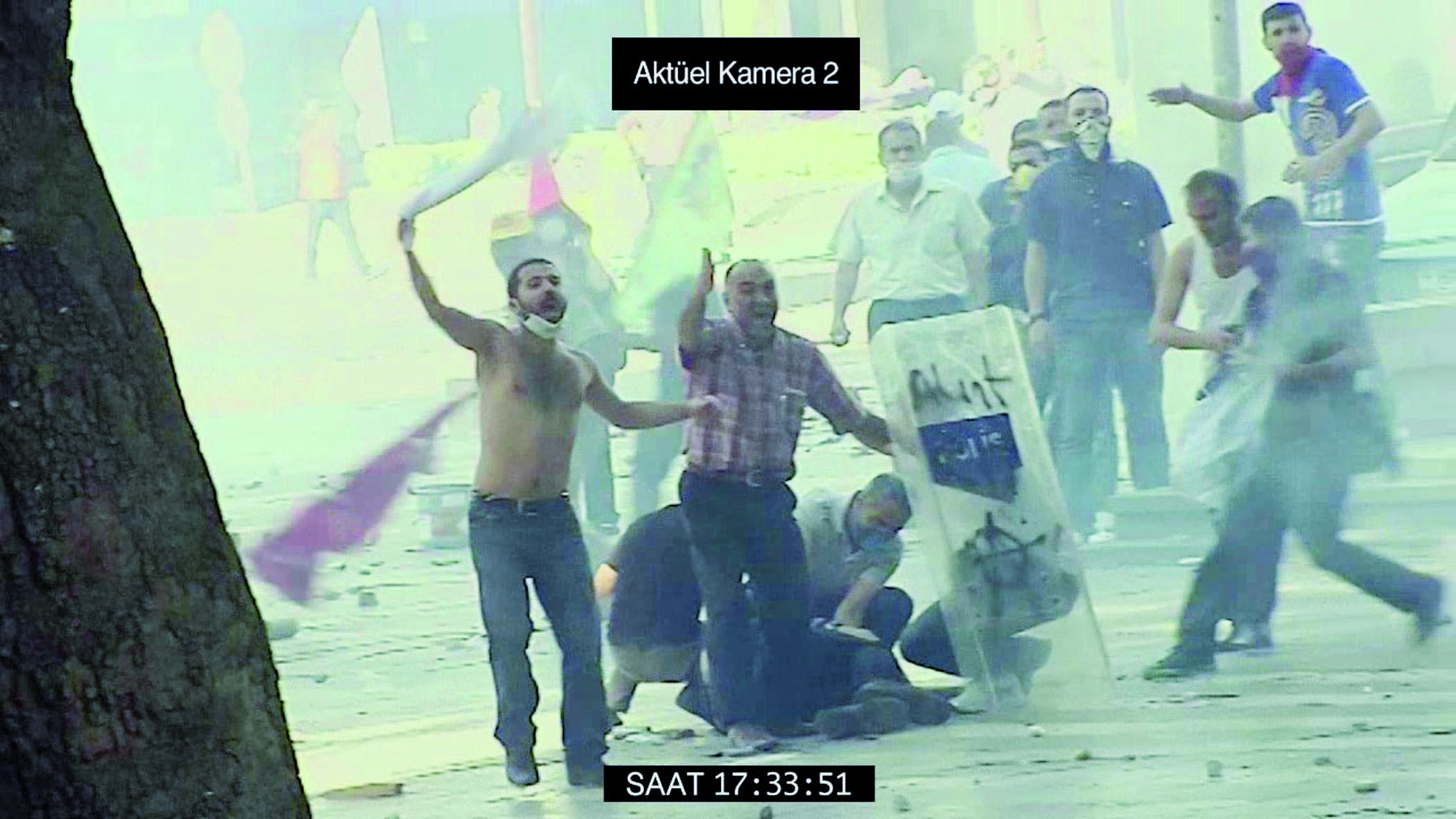June Fire: Documentary remembers the first casualty of Gezi protests
Emrah Güler - ANKARA

Just when we had carved the month of June into our collective conscience as the month that sparked the biggest mass protests Turkey had ever seen, June has boosted its historical importance with the recent elections. With the heated discussions about alternative coalition options and the possibility of an early election, time will tell whether June will live up to a double celebration when Turkey defied a nightmare in 2013 and woke from one in 2015.
Those using apps like Memoirs or Facebook’s own anniversary feature have been taking a stroll through memory lane, when a peaceful sit-in to protest plans to redevelop one of the remaining green areas in the heart of Istanbul, Gezi Park, escalated into nationwide protests with over two million on the streets for nearly a month, two years ago.
The Gezi protests, or simply known as Gezi, was an unprecedented set of events on so many levels that it soon established its own sense of nostalgia. It has created its own icons, like the “woman in red,” photographed as a police officer sprayed pepper spray from close range; or the “standing man,” who inspired his own brand of civil disobedience when he stood silently for eight hours in the center of Istanbul during the heat of the crackdown.
Then there were the dozens of songs, some of which became the anthems of the protests, and the graffiti that lightened the mood amidst police brutality. Within a year, there were books, exhibitions, videos, short films, and numerous articles that made sure that the Gezi protests of June 2013 were cemented into our collective memories, the June that Turkey came together like it had never done before.
This week marks the release of the second feature-length film about the Gezi protests (“The first 48 hours of Gezi on film”). Far from putting smiles on audiences’ faces with sweet nostalgia, Gürkan Hacır’s documentary “Haziran Yangını” (June Fire) seeks to take the audience into one of the darkest moments of Gezi and an even darker subsequent set of events.
 The Ethem Sarısülük case
The Ethem Sarısülük case
How a peaceful protest snowballed into nationwide protests lies mostly in the Justice and Development Party (AKP) government’s preferred response after the initial events: disproportionate use of police force. During the month of the protests, over 7,000 people were injured, 10 lost eyes, and seven were killed. Six of these died during the protests, while Berkin Elvan, a 15-year old boy who was hit on the head by a tear-gas canister fired by a police officer in Istanbul, died after a 269-day coma.
All of these names became both the symbols of the Gezi protests and the growing distaste for the increasingly autocratic AKP. The seven became martyrs, if you will, for many who took to streets two summers ago. The first of those casualties was 26-year-old Ethem Sarısülük, killed on June 1, the second day of the protests in Ankara’s Kızılay Square from real bullets used by the police.
The Gezi protests were owned by younger generations, most of them with smart phones who were social media savvy. Sarısülük’s shooting was caught on cameras, disclosing the identity of the police officer. To the dismay and shock of many, the police officer was released, pending trial. “Haziran Yangını” follows Sarısülük family’s battle for justice in the months following his death.
“Cornered against the reasonable and legitimate resistance of the people, the government tried to convey a message to the public by means of the police: ‘If you keep on resisting, you will end up like Ethem,’” said Gürkan Hacır in April when the film was set to screen at the Istanbul Film Festival. “Moreover, the government encouraged the insensitive and action-weary police to increase violence by showing its support. Therefore, the Ethem Sarısülük case was about to turn into a struggle between the political power and the law.”

“Although the resistance and struggle of the Sarısülük family is not enough to relieve their child’s grief, could it secure and maintain justice?” asks Hacır. “This is the question to which I search for an answer in this documentary.” The film might not be the grand Gezi documentary everyone has been waiting for, hoping that someone will turn the thousands of minutes of footage into a meaningful narrative, but it will definitely send chills to all who were on streets with siultaneously a constant fear and a hope of beautiful things to come.
The first 48 hours of Gezi on film
The first anniversary of the Gezi protests last year saw another anticipated feature film: acclaimed documentary director, biographer and journalist Can Dündar’s documentary, “Gözdağı.” While the literal translation of the documentary is “intimidation,” the title was chosen so as to include the word for eye, “göz”. The film tells the first 48 hours of the protests, with a focus on six protesters who lost one of their eyes to tear gas canisters.
“The Gezi spirit taught us how to see. It taught us how to be courageous, how to resist, how to share,” Dündar wrote about his documentary. “We made this documentary through what we have learnt in Gezi.
This is the documentary of those who have lost their eyes. It’s the story of a country which has started to see, of how a country was shot in the eye.” The documentary was screened in parks across the country, as well as in parks in cities across the globe like New York, London, Berlin, Oslo and Ottawa.
 Just when we had carved the month of June into our collective conscience as the month that sparked the biggest mass protests Turkey had ever seen, June has boosted its historical importance with the recent elections. With the heated discussions about alternative coalition options and the possibility of an early election, time will tell whether June will live up to a double celebration when Turkey defied a nightmare in 2013 and woke from one in 2015.
Just when we had carved the month of June into our collective conscience as the month that sparked the biggest mass protests Turkey had ever seen, June has boosted its historical importance with the recent elections. With the heated discussions about alternative coalition options and the possibility of an early election, time will tell whether June will live up to a double celebration when Turkey defied a nightmare in 2013 and woke from one in 2015.
 The Ethem Sarısülük case
The Ethem Sarısülük case “Although the resistance and struggle of the Sarısülük family is not enough to relieve their child’s grief, could it secure and maintain justice?” asks Hacır. “This is the question to which I search for an answer in this documentary.” The film might not be the grand Gezi documentary everyone has been waiting for, hoping that someone will turn the thousands of minutes of footage into a meaningful narrative, but it will definitely send chills to all who were on streets with siultaneously a constant fear and a hope of beautiful things to come.
“Although the resistance and struggle of the Sarısülük family is not enough to relieve their child’s grief, could it secure and maintain justice?” asks Hacır. “This is the question to which I search for an answer in this documentary.” The film might not be the grand Gezi documentary everyone has been waiting for, hoping that someone will turn the thousands of minutes of footage into a meaningful narrative, but it will definitely send chills to all who were on streets with siultaneously a constant fear and a hope of beautiful things to come.